When you have a sudden craving for something tasty, it can feel like you'd do anything just to get your hands on the food of your desire.
But for most people, "anything" just means maybe you'll go out of your way to pick up a snack, or even order in if you're feeling really indulgent.
However, you wouldn't risk your life for a snack… would you?
Crazy at it sounds, people in the 19th century risked life and limb just to get their hands on a particularly delectable treat, one that was all the rave for quite some time, but that you may have never heard of.
That treat was the Bradford watermelon. Softer and sweeter than the watermelons you'll find at the supermarket, this varietal has all but gone extinct.
But like another plant we thought was lost to history before its dramatic comeback, this watermelon just might become popular once again — but hopefully without all the death.
Read on to learn how a delightful and nutritious summer treat ended up with a shockingly violent past!
(H/T: MentalFloss)
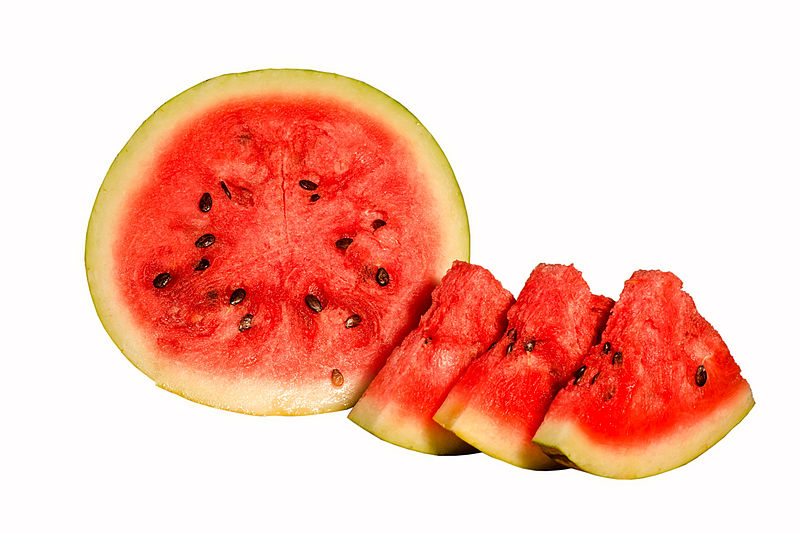
Watermelons are a sweet treat and a symbol of summer days to many.
While many of us think a watermelon is just a watermelon, there are actually many varieties, each with unique characteristics.
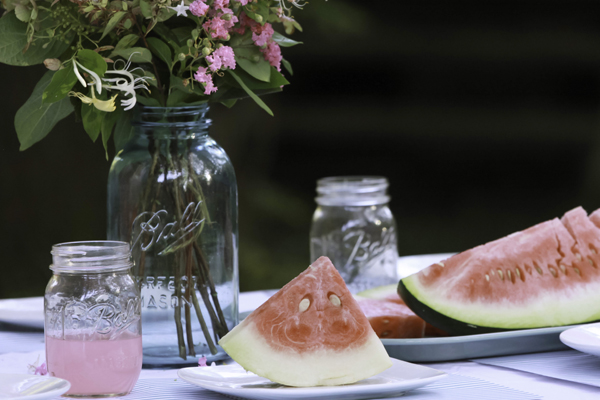
Watermelons have been grown in the southern U.S. since the late 18th century.
They were always popular, but in 1840, a farmer named Nathaniel Napoleon Bradford from Sumter County, South Carolina, crossed two types of watermelon to create a new, softer, sweeter kind.
It was dubbed the "Bradford watermelon," and by the 1860s, it was one of the most popular treats in the South.

The rind of the Bradford watermelon was so soft that it could be cut with a butter knife.
And while a watermelon you might pick up at the store will measure about a 10 on the Brix scale (a scale used to measure the sugar content of fruits and vegetables), the Bradford was a 12.5.
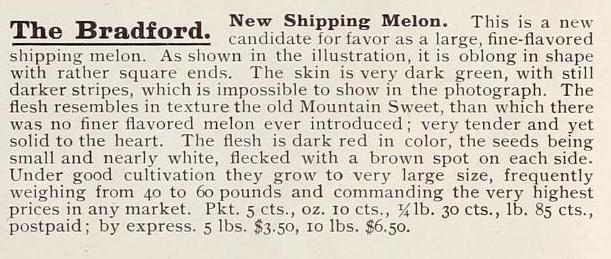
But because they were so wildly popular, people started getting a little… crazy.
Farmers growing the Bradford watermelons were suddenly faced with thieves stealing their livelihoods.
To combat theft, some pretty extreme measures were taken.
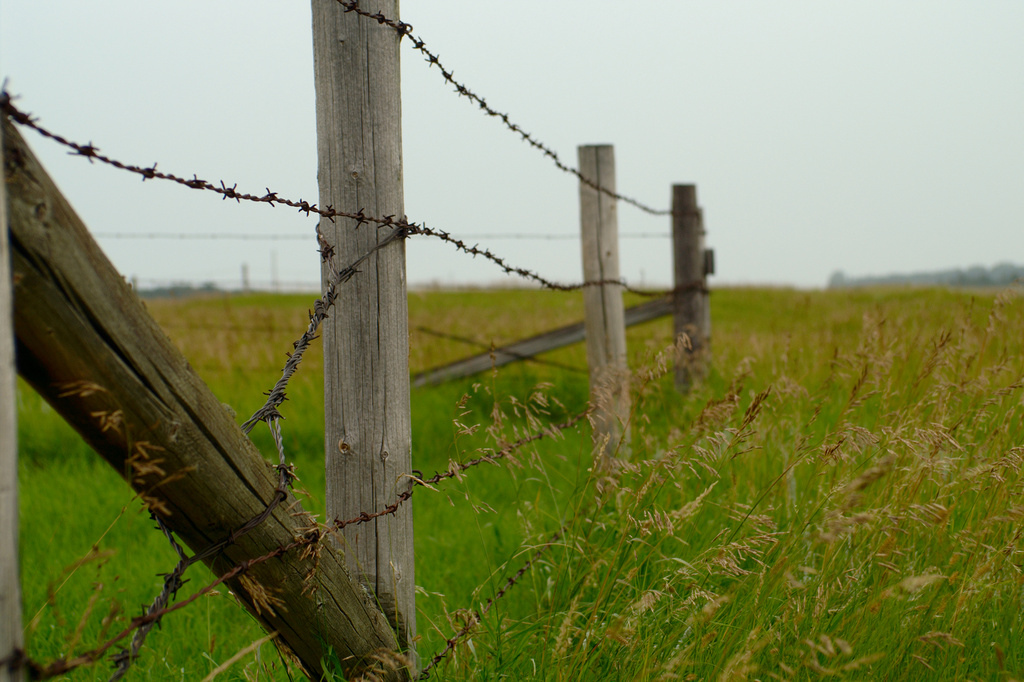
Some farmers stayed up nights in their fields with guns to scare off (or more permanently dispatch) thieves. Others got more crafty.
Some farmers would poison a handful of their melons, and then post signs reading "Pick at Your Own Risk." Of course, there was always a danger of mixing up the poisoned and non-poisoned melons, and plenty of farmers ended up poisoning themselves and their families!
Others rigged up their melons to electrical wires, so that when a thief grabbed one, they'd get a nasty shock. Behind horse thieves and cattle rustlers, watermelon patches were the site of more deaths in the southern U.S. than in any other agricultural setting.

But even with all that mayhem, the Bradford watermelon eventually fell out of fashion. Because it was so soft, it didn't ship well, and so by 1922, the commercial crops had stopped.
And that was the end of the Bradford watermelon — or, it would have been, had the Bradford family not kept quietly planting and cultivating their melons and saving the seeds in their backyards.
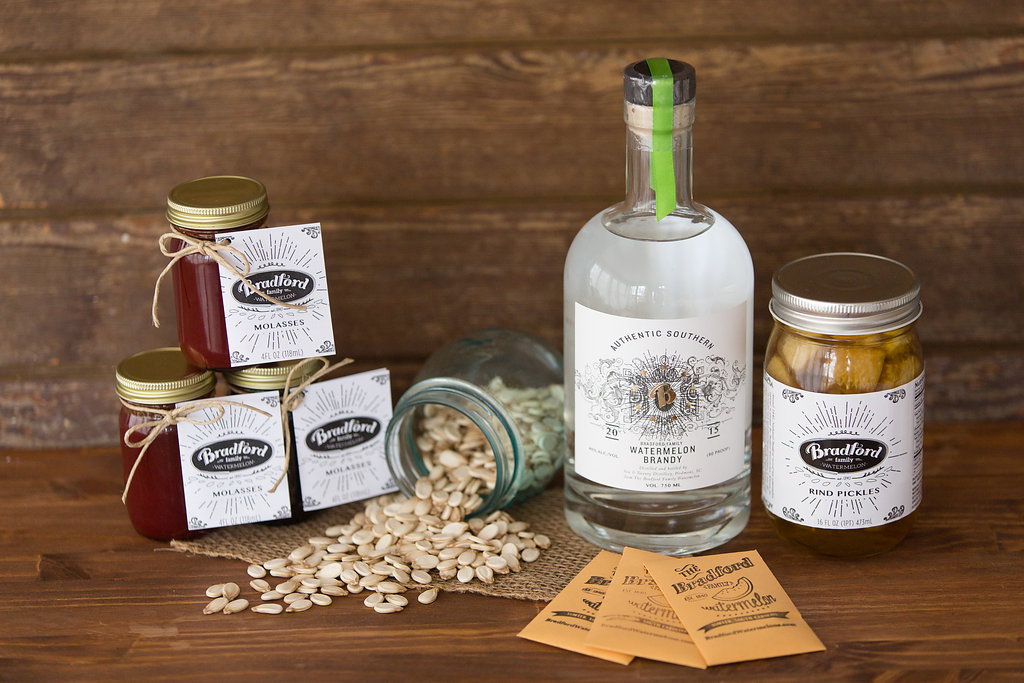
Today, the original Nathaniel Bradford's sixth great-grandson, also named Nathaniel, and his family are bringing the Bradford watermelon back. They've expanded their fields, and they are ready to share their family's legacy with the world.
On their website, you can find seeds for sale, along with pickled watermelon rinds, watermelon molasses, and watermelon brandy. There are also a number of great recipes, and a portion of the Bradfords' proceeds go to providing fresh water in developing nations.
So the next time you see a watermelon, remember this strange piece of history. And soon, you may be able to sample the sweet Bradford watermelon that drove people so crazy a century ago.
SHARE this weird fruit fact with some friends, and don't go stealing melons!




